
Network Rail has replaced over a kilometre of plain line track on a stretch of railway line in south London with low-carbon materials in what the operator claims is a UK first.
This project is also the first time all three primary track components – rail, sleepers and ballast – have achieved verified carbon reductions on a single renewal in the south of England, while also using HVO-fuelled trains.
The sustainable materials used include a combination of green steel rail, low-carbon concrete and recycled ballast.
Network Rail said these initiatives resulted in 63% (581 tCO2e) less carbon emissions compared with baseline materials and transport methods – equivalent to the annual emissions of around 200 UK households.
The green steel rail was produced using an electric arc furnace, achieving around 60% lower carbon intensity compared with traditional blast furnace steel.
Low-carbon concrete sleepers were designed to deliver an estimated 40% reduction in embodied carbon, while recycled blended ballast achieved up to 13% carbon savings by reducing the need for virgin aggregate.
During the project, Network Rail also used ISCC-certified HVO (hydrotreated vegetable oil) biofuel and solar-powered welfare units.
Materials account for up to 90% of the overall carbon footprint in track renewals. The key contributors are steel rails, concrete sleepers and ballast, all traditionally produced through carbon-intensive processes.
Dave Sutton, project lead at Southern Renewals Enterprise, Network Rail’s integrated delivery team in the south of England, said: “This project shows what’s possible when innovation and teamwork come together. It’s the first of many greener renewals we plan to deliver, helping us move steadily toward Network Rail’s net-zero goals.”



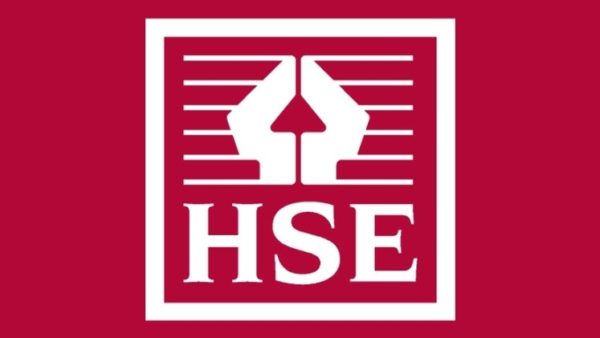

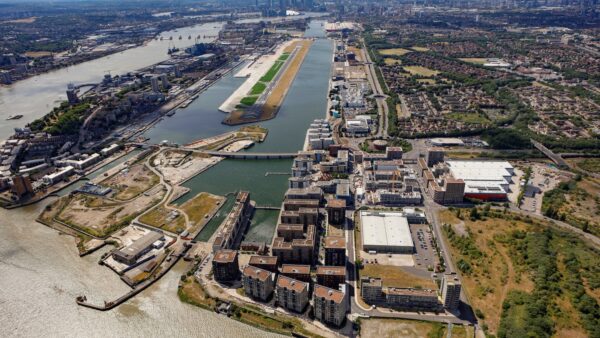
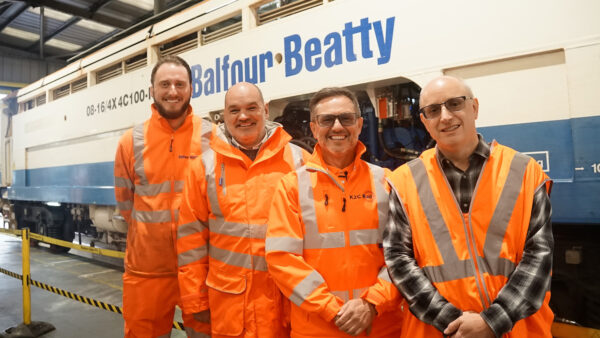
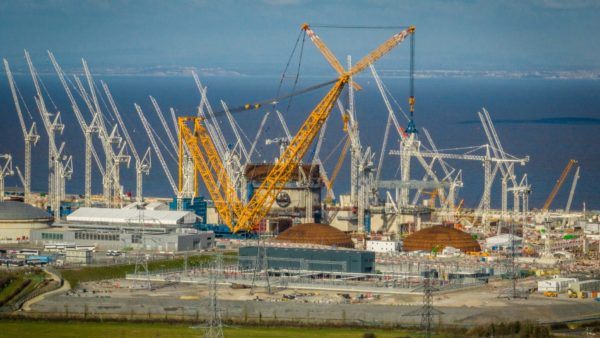
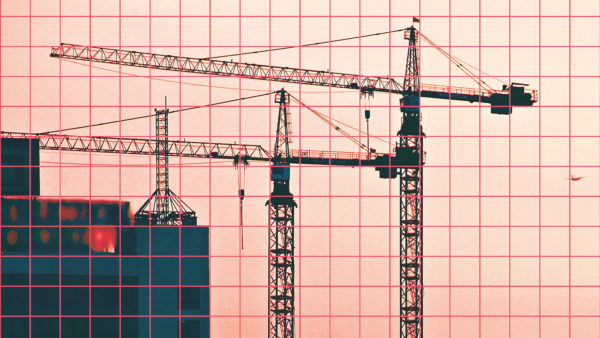
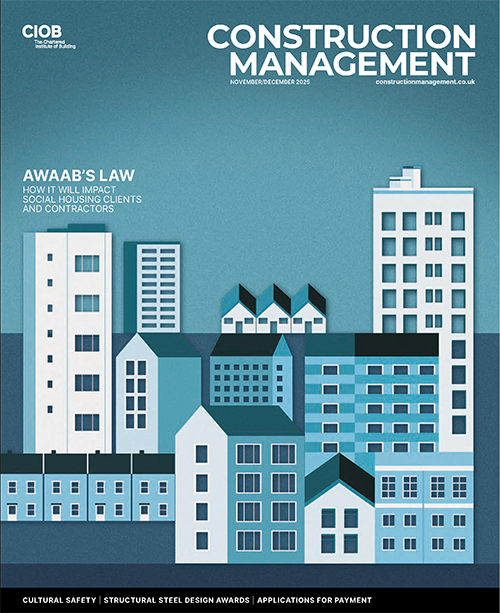
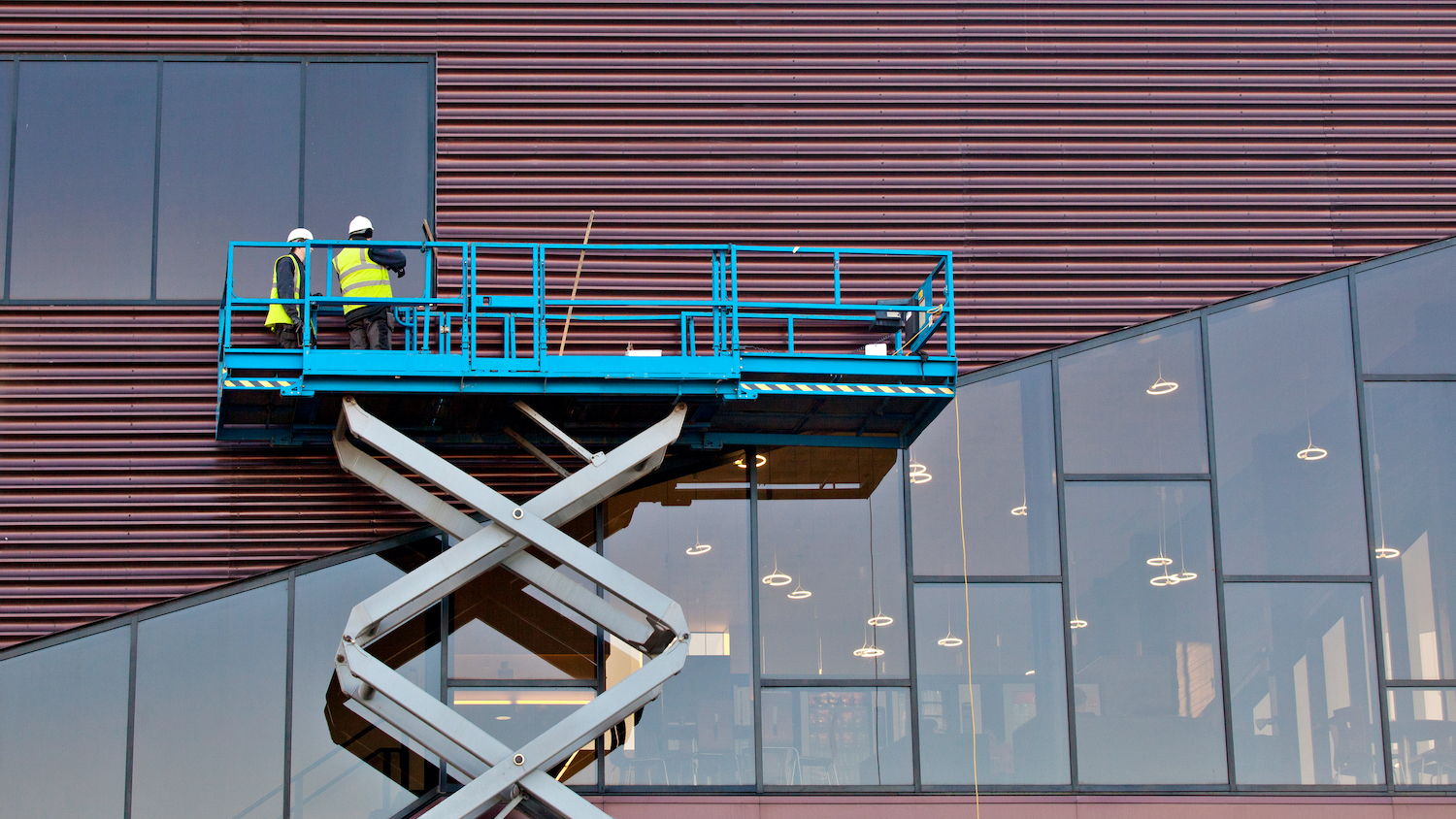

Are diesel and other engine oils from trains going to be allowed to continue to spew out along the railway tracks throughout the nation, and will those pollutants continue to
successfully find their way into the subground water system ?!
This needs to be addressed, doesnt it.
If you dont believe me, have a look at the oil catching trays between tracks at any train terminus. Start with Manchester Piccadilly station.